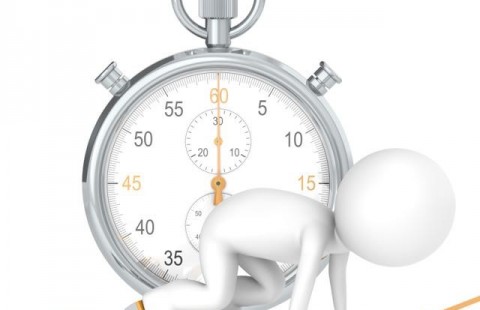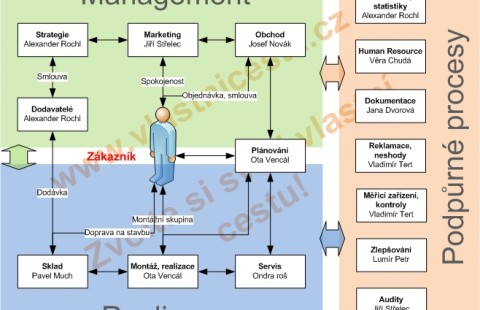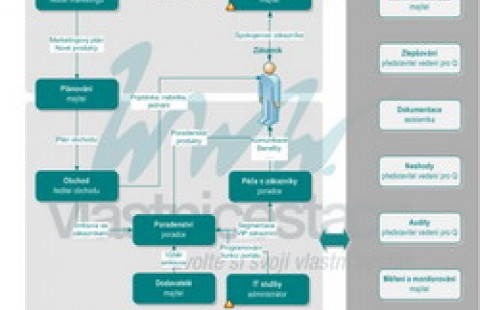Acquiring a new customer is very expensive. Up to 7 times more expensive than keeping an existing customer. Minor and major errors, blind paths to products, missing or malfunctioning communication channels, and unanswered questions and requests lead to the loss of the customer. A disappointed customer will not keep a bad experience to himself and the reputation of your company suffers. 87% of clients are convinced that companies should improve the quality of customer care. The following lines contain tips and recommendation, where and how to start.
False notion of one's own perfection
Every company has customers. Every customer should feel important and cared for. In times of crisis, this is doubly true. Customers are forced to save money and cannot afford to waste time on the mistakes of their supplier or to search the right communication channel. Most companies are convinced that their client care is top notch and they are proud of it. But very few base this claim on real measurements.
87% customers - are convinced that companies should definitely work on the quality of client care.
7 from 10 customers - are willing to change their brand if the purchasing process is too complicated or experience some inconvenience in customer care
More than 50% requests - or help that clients write via social networks remain unresolved
Source: Grovehq
Consequences of poor customer care
What can actually happen if customer care is not really well-tuned in your company? Unfortunately, it can cause a really big damage.
- A dissatisfied customer will not only not buy next time, but will spread the bad reputation of your company. Only one of 26 clients complains about what they don't like. The remaining 25 simply leave (source).
- At the same time, acquiring a new customer is on average 5 times more expensive than selling to an existing one. (Source)
- If you care about the good reputation of your brand, it is definitely important to keep in mind that a dissatisfied client will tell 9 to 15 other people about their experience. Around 13% of dissatisfied clients tell even up to 20 people about it. (Source)
Underestimating the quality of customer experience and help can therefore come at a really expensive price. This is certainly true even now, at a time of coronavirus pandemic, when people are even more active on social networks than before and like to share their experiences with the rest of the world.
The customer's journey will point the way to great customer care
When you are considering fine-tuning your customer care, mapping the customer's path is an important stepping stone. This map will show you what situations each client has to go through. It will serve as a good basic plan for finding business opportunities and critical places - potential black holes.
If you are at the beginning and you have not yet processed the customer's journey, a great first step is to list your communication channels - all the places where the customer can get in communication with you. It may sound obvious, you know these places. In the last few years, I did several mystery shoppings in various areas of business, and in all of them I came across some contact points that ended blindly, no one answered them.

Legal aspects of insolvency and reorganization

The Real | Interim Manager for Your Changes

Manager work model

Time management - making use of time effectively

Jak správně tvořit mapu procesů

Modelling and setting the processes and procedures - ISO 9001

Training - preparation of the SWOT analysis and strategy

Company Management System of Quality Step by Step - ISO 9001

Process map acc ISO 9001 - business offer
The most common channels for communication:
- All channels on your site:
- telephone (fax)
- contact forms
- all e-mail addresses that you present on the web (or elsewhere, in e-mailing, member sections, documents, presentations, ...
- chat
- links to Skype, Whatsapp and other similar services
- All your social networks
- Reviews on other sites and websites - Google maps, Zbozi.cz, Heureka, ...
How can you get started now?
- Do your own mysteryshopping. Ideally, ask someone you know or a family who doesn't know your company, to buy your product or service, ask a question, or make a complaint. Ask them to try all the communication channels they discovers and let you know how they liked the experience.
- Write down all the corporate communication channels that the public can reach and test whether they work, whether someone will respond to them. Review this list regularly at least once a year to make sure everything works.
- Set a time when you will go through all or randomly selected interactions with customers. You can discuss the answers together in the team. But don't forget to praise your colleagues if you find a really nice response.
Conclusion
We are often customers ourselves. Sometimes we even have an exceptionally positive experience. But mostly in shops, in stores, but also in ecommerce, we encounter an average, neither good nor downright bad experience. Thanks to this, there is a great opportunity to shine, to show, your company is above average, the customer will remember it (and also falls in love with it).
Don't waste customers unnecessarily. Create an effective control mechanism to check your communication channels - that they all work and that you respond to them perfectly and quickly. Due to this, you will be sure that you will handle all requests, so you can focus on their content. This will prevent potential clients from leaving the competition.

